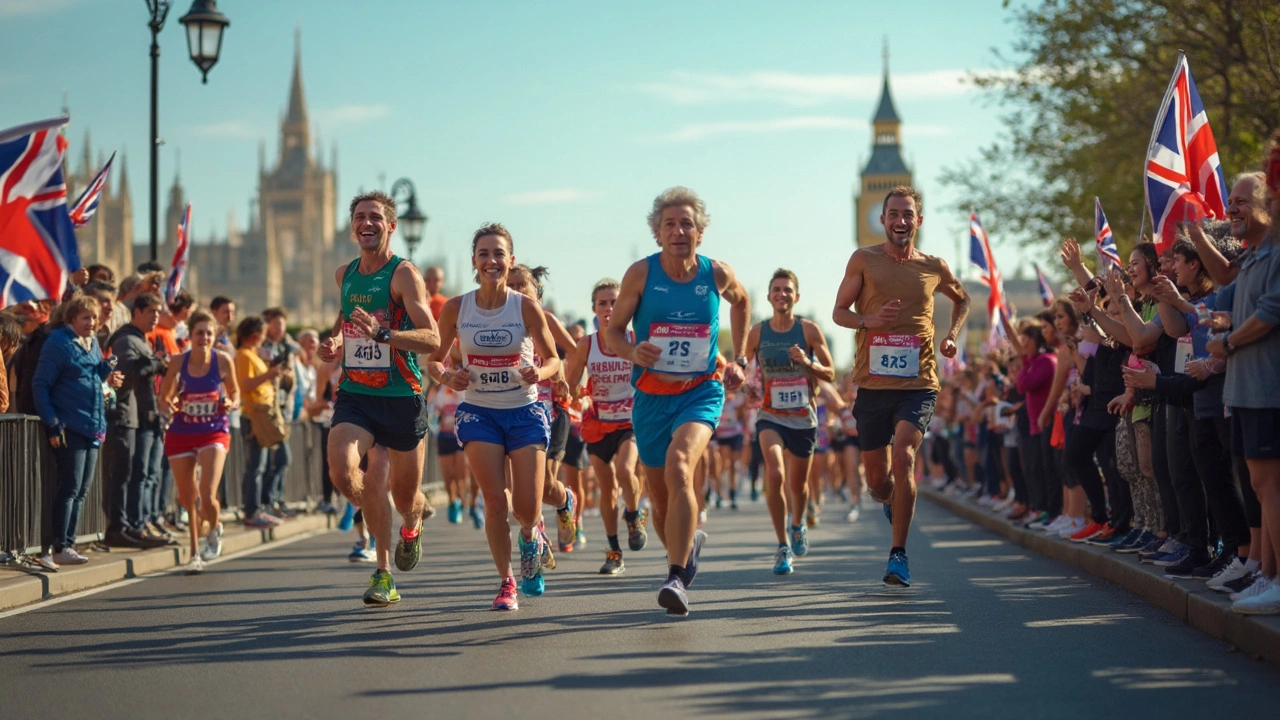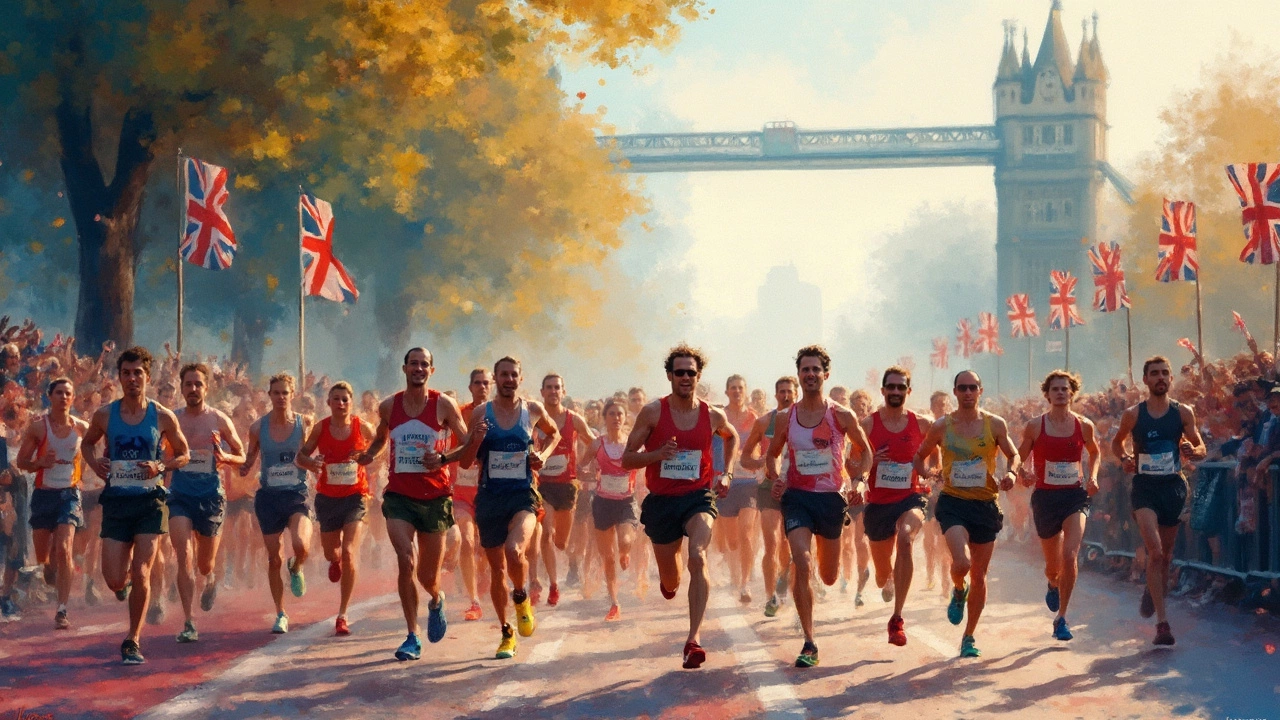Marathon: What Every Runner Needs to Know
When working with marathon, a 42.195‑kilometre road race that tests endurance and strategy. Also known as 26.2‑mile race, it draws participants of all ages and skill levels who aim to finish within a target time. In the world of marathon running, the event encompasses long‑distance stamina, mental grit, and community spirit. Most people start with a goal like “finish under 5 hours,” but the right plan depends on several linked factors: how you train, the pace you hold, and even your age. Understanding these pieces helps you set a realistic benchmark and enjoy the race rather than dread it. Below we’ll break down the core pieces that shape a successful marathon experience.
Marathon Training: Building the Base
Effective marathon training, a progressive plan that combines long runs, speed work, and recovery weeks is the backbone of any finish‑time goal. A typical 16‑week schedule includes a weekly long run that peaks at 20‑22 miles, mid‑week tempo sessions that sharpen lactate threshold, and easy runs that keep mileage steady without overloading the body. The plan requires a balance between volume and intensity; too much speed work can lead to injury, while too many easy miles won’t push you toward a faster pace. Nutrition, sleep, and cross‑training are also key attributes that influence how quickly you adapt. If you’re new to the distance, start with a base of 20‑30 miles per week before adding the long run. More experienced runners can layer in interval workouts and hill repeats to shave minutes off the clock. The result is a training regime that directly influences your marathon finish time.
Marathon pace is the next critical piece. marathon pace, the average speed you need to maintain to hit a specific finish time translates directly into weekly mileage targets. For a 4‑hour goal, you need to hold roughly 9:09 minutes per mile; a 7‑hour finish drops to about 16 minutes per mile. Knowing the exact minutes‑per‑kilometre or mile helps you structure long‑run efforts and race‑day strategy. Pace also interacts with age: younger runners often sustain faster averages, while older athletes may aim for a comfortable, steady rhythm that respects recovery needs. Benchmark charts show where a 4:10, 4:30, or 5:00 marathon sits in percentile rankings, giving you a clear picture of what “good” really means for your demographic.
Age isn’t just a number; it shapes expectations and training load. marathon age, the typical age range of participants and how performance trends shift over the lifespan typically clusters between 30 and 45 for first‑time finishers, but runners in their 50s, 60s and beyond regularly cross the line. Older athletes often prioritize consistency, injury prevention, and slower, steady paces, which can still produce respectable times—many community races celebrate sub‑5‑hour finishes at any age. Understanding where you fall in the age distribution helps you set a goal that feels both challenging and attainable. It also guides how you allocate recovery days, as older muscles may need more time to bounce back after long runs.
All these elements—training, pace, age, and personal benchmarks—come together to define what a “respectable marathon time” looks like for you. Whether you’re aiming for a 4‑hour finish, a casual 7‑hour completion, or simply seeking the satisfaction of crossing the finish line, the right mix of preparation and realistic pacing makes the difference. Below you’ll find a curated set of articles that dive deeper into each topic, from detailed 16‑week plans to tips on staying injury‑free and how to gauge your performance against age‑group norms. Use them as a toolbox, pick the pieces that match your current level, and get ready to tackle the next marathon with confidence.
Slowest Possible Marathon Times: How Fast is Too Slow?
Explore the slowest times one can run a marathon while still completing it officially. This article provides insights into average marathon cut-off times, reasons why runners may aim for slower paces, and tips for successfully completing a marathon at a leisurely pace. Learn about the inspirational stories behind runners who have set records for the slowest marathons. Whether you're a beginner or taking it easy for a cause, understanding these dynamics will help in setting personal marathon goals.
How Many People Actually Finish a Marathon?
Marathon running is a feat many aspire to achieve, but how many manage to cross the finish line? This article explores the percentage of marathon finishers, diving into completion rates across various nations and events. Learn what factors contribute to successful finishes and uncover tips for crossing that elusive 26.2-mile mark. Discover the stories behind marathon completion rates and the inspiring spirit of the running community.






